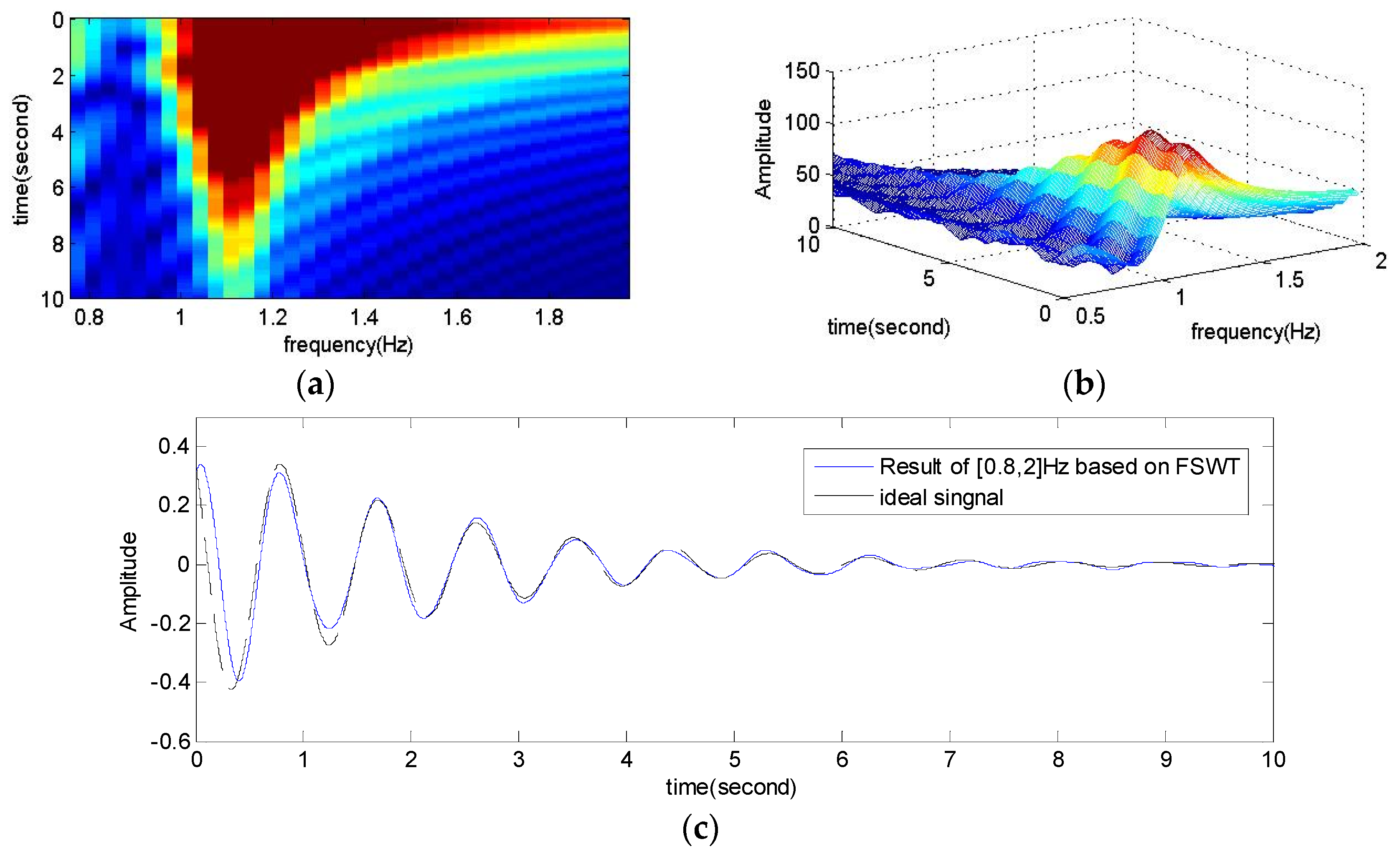

But, because the components of the signal are stationary functions of frequency, all frequencies determined to exist in the signal are interpreted as existing throughout the entire duration of the signal. The discrete Fourier transform of a signal reveals the frequency of the components that, resolution permitting, could be summed to re-create the original signal. In the Fourier signal analysis, any signal may be understood as a linear combination of superimposed complex waveform components, each of which is stationary. For illustration, I present the underpinnings of the computations directly in Java methods. There are other ways to add wavelet functionality to Java, such as employing Matlab/Scilab-Wavelab wrappers or open source libraries. The approach can be further developed to transform signals with higher dimensions like images. In this article I provide an application that uses continuous wavelet transforms to explore one dimensional signals. This is a companion to an earlier article I wrote on discrete wavelet transforms.


 0 kommentar(er)
0 kommentar(er)
